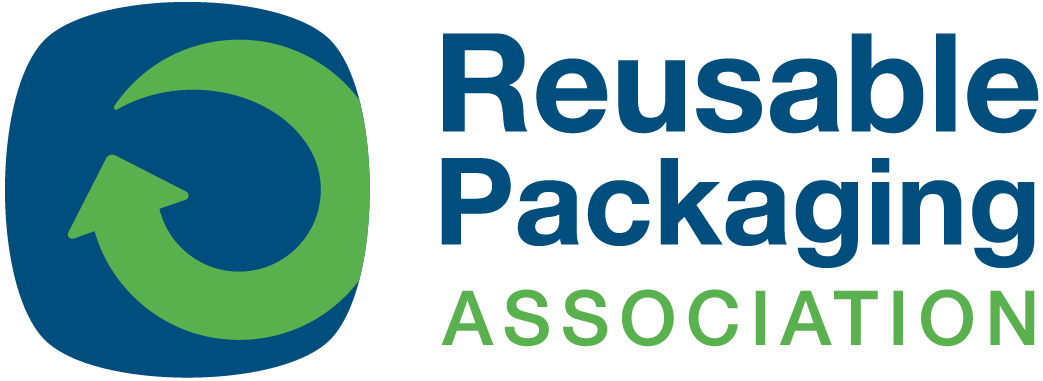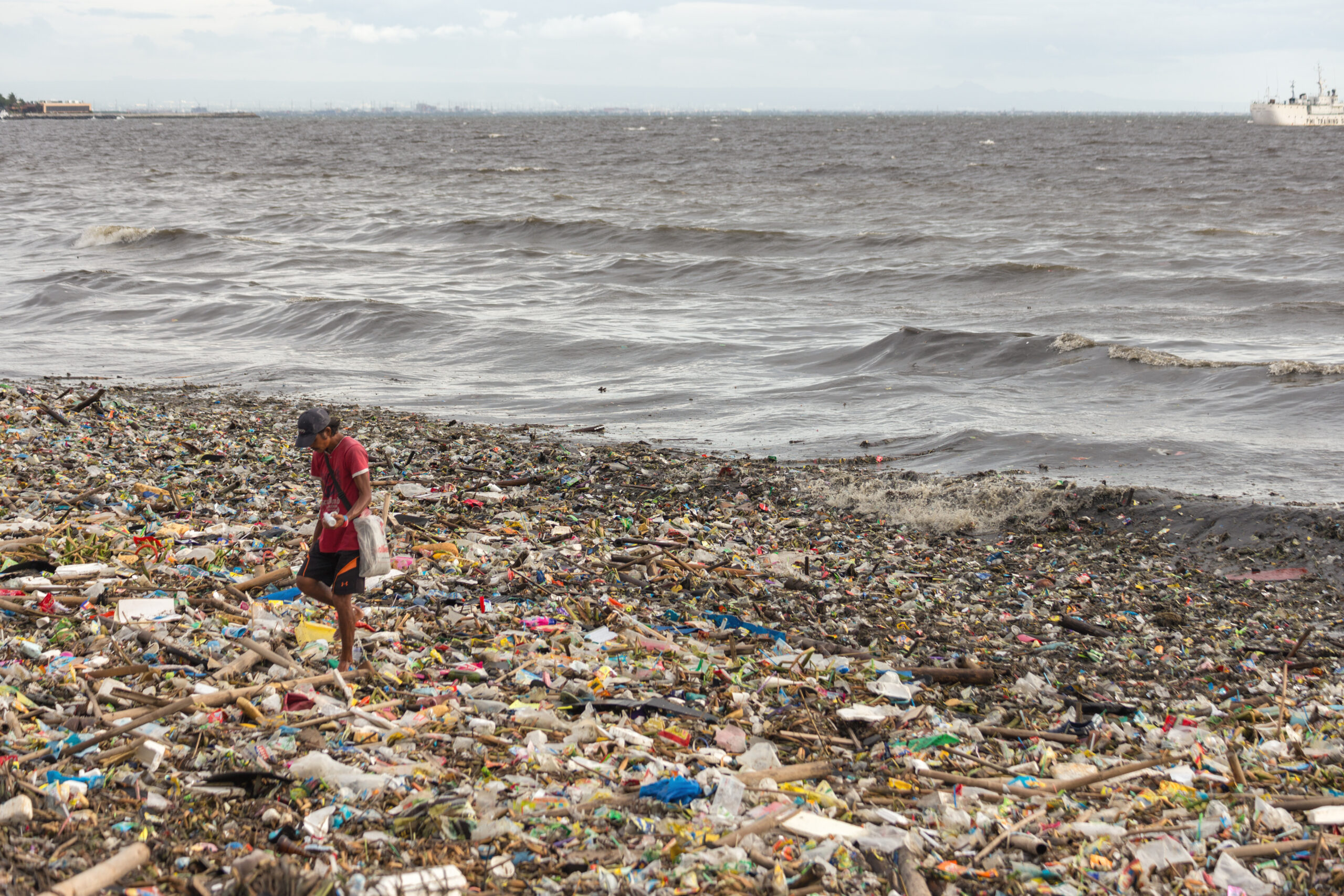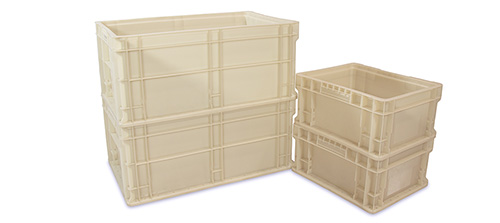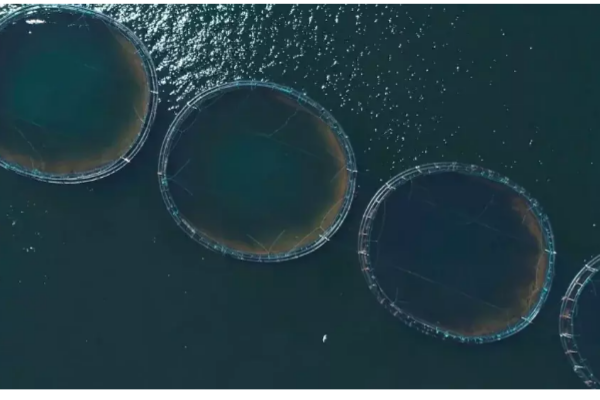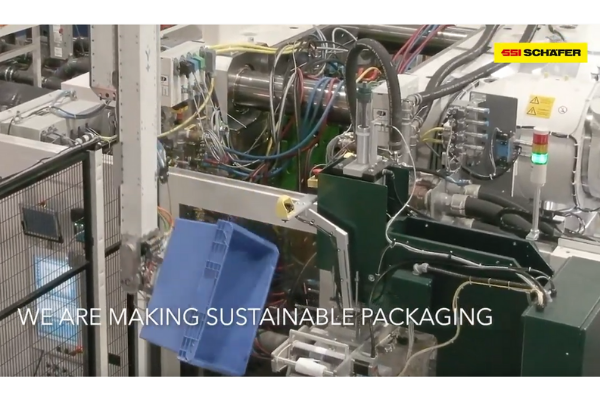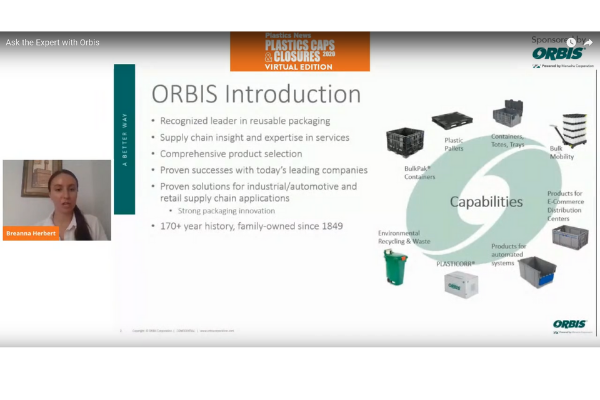With 8 million tons of plastic waste entering oceans each year leading to dire predictions that oceans will contain more plastic than fish by 2050, policymakers and companies alike are addressing this crisis. The issue of ocean plastic is complex and will require multiple strategies, but one way that companies are making a difference is by sourcing recovered ocean plastics to use in new products.
Choosing ocean-bound plastics to manufacture reusable packaging offers sustainability benefits. Using recovered plastics to make new reusable products turns waste into a valued asset with durable and lasting properties. Purchasing reusable packaging made from ocean-bound plastics also creates market demand for recovering and recycling plastics that are at risk of polluting oceans. Several Reusable Packaging Association (RPA) member companies have recently begun offering containers and totes that incorporate ocean-bound plastics in reusable packaging products. Insights from these RPA members have been aggregated and are incorporated into the responses below.
What are ocean plastics?
Ocean plastics can be described as plastic waste that pollutes oceans or is at risk of polluting them. Around 80% of plastics found in the ocean are believed to have migrated by means such as water and wind from land-based sources, hence the critical importance of recovering such material before it reaches waterways or the ocean. Such material is called ocean-bound plastics, referring to waste material generated within 50km of the shoreline. Collectively, ocean plastics can be identified as originating from five waste streams. These include:
- Ocean bound – within 50km of the shoreline, along beaches
- Waterway – found in streams, rivers, and other waterways flowing towards the ocean
- Near Shore – Shallow areas of ocean near the shoreline
- Coastal – material washed up onto beaches and coastlines
- High Seas – Far from shore and almost exclusively HDPE as it floats
Partnerships are critical to the recovery of ocean plastics. RPA members work with various organizations that harvest and pelletize this material. Material is sourced from at-risk locations in countries including Haiti, the Philippines, and Haiti.
When did the trend emerge, and why are customers interested in reusable packaging that incorporate ocean plastic?
The emergence of ocean plastic as a material source for reusable packaging has occurred only in the last few years. While containers manufactured with ocean-bound plastic are more expensive than those using virgin materials, many customers have a keen interest in further reducing their environmental footprint. Reusables are already a crucial component of circular supply chains, and they recognize that the use of products made from ocean plastic can move the needle toward solving the problem. The choice to use ocean plastic further promotes recovery of this material, raising awareness of ocean plastic risks, and providing a desired alternative to virgin resin consumption. Recovering ocean plastic also creates jobs in countries where it is recovered and processed.
What are some of the challenges of using ocean-bound plastic for reusable packaging?
As manufacturing vendors note, it is crucial to produce reusables with strong and durable properties, regardless of feedstock resin source. Because ocean-bound plastic comes from various single-use plastic products with different properties, the blended material must be set to a specific range in order to run through the plastic molding process efficiently. If not blended to the right composition specification, material can take longer to process and cool while being injected into the mold. Through in-house technical expertise and through using trusted sourcing partners, the required material specification range can be met for effectively processing the ocean-bound material.
Is ocean-bound plastic better suited to some reusable packaging products than others?
Ocean-bound plastics are best suited to smaller products that require less strength, or larger products that get their strength from the thickness of the material. RPA members report testing or using ocean-bound plastics in products such as roll out carts, pallets, bulk containers, and totes. The structural foam process commonly used for bulk containers permits thicker wall parts, which allows for maximum recycled content, including ocean-bound material. Some RPA member companies are also using ocean-bound plastic in high-pressure injection molding applications to produce totes.
Rivian, an electric motor vehicle manufacturer, reported in a recent presentation that it is using ocean-bound plastic pallets and bulk containers, and was looking to add handheld containers as well. “We’re going to try to push as many inbound parts into our plastic returnable systems as we can, trying to come up with new ideas and new designs that utilize plastics so we can further our impact using the ocean-bound plastic material,” commented Jake Goodman, manager, logistics packaging for Rivian.
Reusable product suppliers are using their technical expertise to utilize recycled content, including ocean-bound plastic, into their products, helping to reduce the risk of ocean plastic pollution and further enhancing the circularity of reusable packaging systems.
